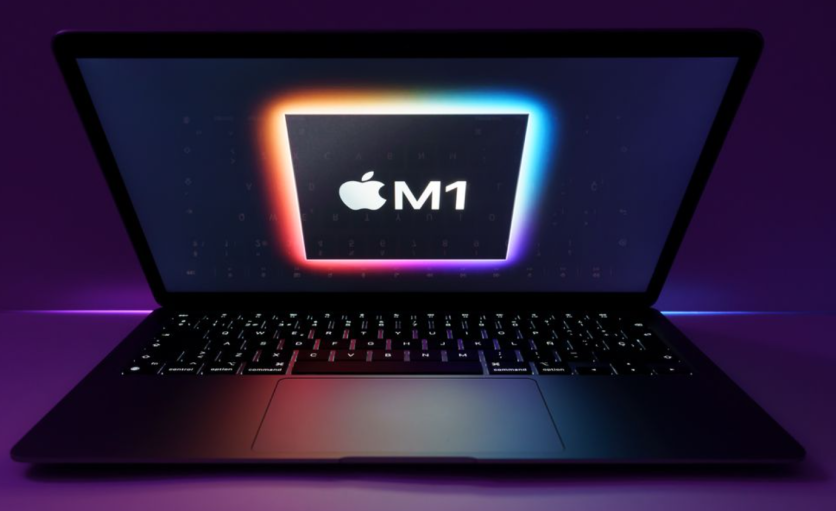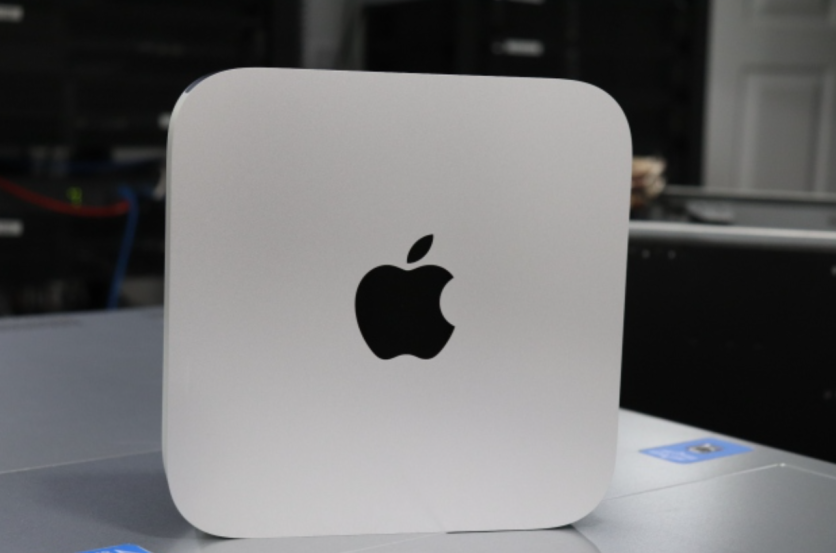An upcoming feature will be included in Mac M1 models, which is expected to become available shortly. The M1 kernel will likely be updated to allow full Linux support. The new combination of hardware and software platform opens up many new possibilities for what Apple can do in the Macbook market.
Linux on Macbooks

It is not the first time that Linux has been attempted to be ported to the M1. Corellium released a proof of concept for utilising a custom kernel in January. However, that was not an effort to incorporate Apple's silicon into the core Linux kernel.
Tomshardware reported Friday, April 9th, that Linux could make it to Apple silicon even more quickly than expected. A pull request for the Linux 5.13 kernel submitted on Thursday and spotted by Phoronix is an attempt to add "initial support" for the Mac Mini, MacBook Pro, and MacBook Air models equipped with an M1 processor.
The report notes that while Linux on a Mac running an M1 still has room for improvement, things are now in "good enough shape" that the Linux 5.13 kernel will be able to support it. The Linux 5.13 kernel is scheduled to be released sometime in June.
Since the beginning of the year, several rounds of Apple M1 Linux kernel patches have been used to get the Linux kernel booting on the 2020 Mac Mini, MacBook Pro, and MacBook Air powered by in-house Apple Silicon. This very early code will likely find its way into Linux 5.13, which will be included somewhere in the June timeframe.
Read Also : 5G Can Now Wirelessly Charge Your Phone Through New Antenna Technology; When Can You Expect to See it?
What to Expect from Linux

According to 9to5Mac, this first Apple M1 Linux port provides UART, interrupts, SMP, and device tree support for basic functionality. It also has a SimpleFB-based frame buffer, but 3D/video acceleration will be a challenge.
According to Phoronix, in addition to the continued support for other areas of the Apple M1 platform, getting the Apple M1's graphics to work under Linux for day-to-day use will take some time. Just think about the extensive documentation surrounding the Raspberry Pi / Broadcom open-source graphics driver stack, along with the commercial activity we have seen there.
Freedreno reverse engineering for Qualcomm Adreno graphics required many years before it became viable, just as the Panfrost effort for Arm Mali required a lot of time before it reached working status on Vulkan support.
It would be pretty remarkable if they managed to get an accelerated desktop working reliably for daily use of the M1 before the end of the calendar year.
Linux is also developing a bootloader, m1n1, to handle as many hardware-specific peculiarities as possible and present a standard Linux Arm64 boot protocol and device tree.
Nevertheless, progress and efforts to bring Linux to the M1 have also revealed more information about the chip's system architecture. Now, all that remains is to hope that Apple does not ruin all of that work when they release the successor to the M1.
Related Article : Google WebXR Brings VR and AR to Web Browsers
This article is owned by Tech Times
Written by Lionell Moore

![Apple Watch Series 10 [GPS 42mm]](https://d.techtimes.com/en/full/453899/apple-watch-series-10-gps-42mm.jpg?w=184&h=103&f=9fb3c2ea2db928c663d1d2eadbcb3e52)


